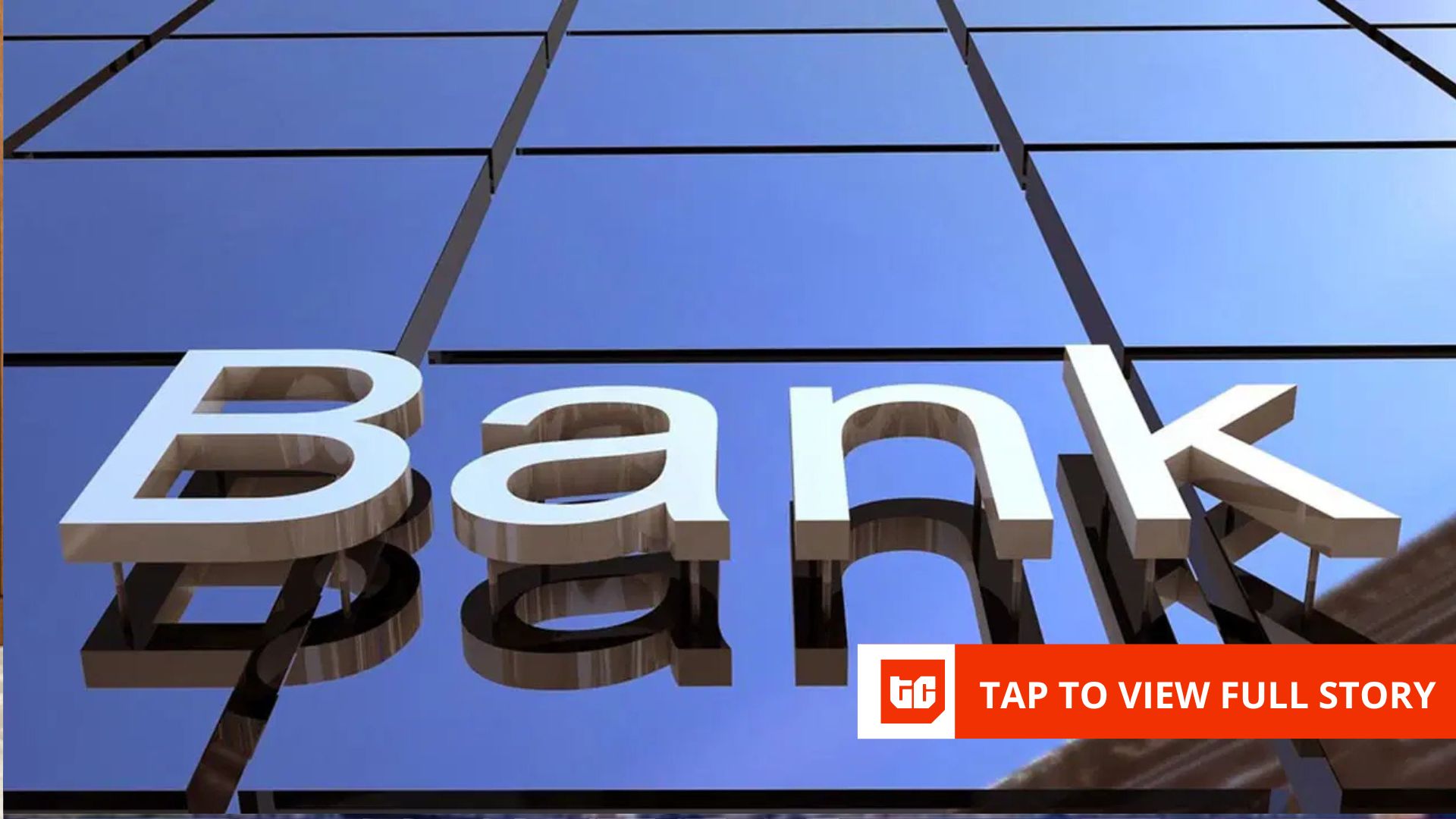It used to be simple: if you wanted to keep your money safe, you went to the bank. If you needed a loan, you dressed up, filled out some forms, and hoped a credit officer would like your story. The bank was the trusted gatekeeper, and for the most part, that worked.
But that formula doesn’t hold anymore, not when 22-year-olds in Nairobi can borrow money, invest in crypto, and pay rent, all through apps that never ask them to walk into a branch. Across Africa, the financial playing field is changing. Fast.
African fintechs have set a new bar for speed, convenience, and user experience. And now, many of the continent’s most established banks—like Nigeria’s Access Bank, Kenya’s Equity Bank, and South Africa’s Standard Bank—the ones with decades of public trust, millions of customers, and sprawling branch networks, are trying to reinvent themselves to meet that bar.
Some are building from scratch. Others are partnering with tech startups. A few are even betting that the future of finance won’t just be about banks but platforms, APIs, and data. So yes, African banks built the trust. But now, they’re racing to develop the tech.
Next Wave continues after this ad.
What’s changing
For years, “digital transformation” at most banks meant putting a mobile app on top of the same old legacy systems. Customers could check balances or transfer money, but everything behind the scenes—approvals, risk scoring, documentation—was still stuck in the past.
That’s starting to shift. In 2024, Kenya’s Absa Bank reported that more than 90% of all customer transactions were happening outside physical branches, mostly via mobile or internet banking. In Nigeria, GTBank revealed in 2024 that it had grown its active digital user base by 38% year-on-year, thanks to its revamped mobile app and chatbot assistant. Across Ecobank’s 33-country footprint, digital channels now process over 57% of all transactions, according to its 2024 investor update.
But this isn’t just about usage metrics. Some banks are going deeper, rebuilding infrastructure, changing team structures, and behaving more like tech companies than traditional financial institutions. What these banks seem to be betting on is that retrofitting old systems no longer works.
TymeBank, a South African fintech startup, could offer a glimpse into the future of banking in Africa. It launched in 2019 with no branches, tellers, or paperwork. Instead, you walk into a supermarket like Pick n Pay or Boxer and open an account at a kiosk in five minutes with just an ID and fingerprint. By 2024, more than seven million South Africans had signed up, making Tyme one of the fastest-growing banks in the country’s history. The reason? A lean, cloud-based infrastructure with almost no overhead means lower user costs—no fees, better rates, and quicker access to credit. Tyme has already launched in the Philippines and is eyeing other markets. It’s a model built on code, not concrete.
Traditional banks have been forced to transform their operations. A bank like Equity has turned data into a competitive advantage. While other state-owned banks like the Development Bank of Kenya and Consolidated Bank are still figuring out how to digitise lending, Equity exists. Millions across East Africa use its EazzyBanking app, but the real innovation is under the hood. The bank uses mobile top-ups, transaction histories, repayment patterns, and location data to assess creditworthiness. Over 80% of its loans are disbursed digitally—often in under a minute. In 2024 alone, it disbursed over $4.5 billion in loans.
Next Wave continues after this ad.
What’s driving this shift?
The transformation in banking isn’t just about competition from fintech startups. There are more trends shaping this at play. Younger customers—more than 60% of Africa’s population—don’t have the patience for paper forms and week-long loan approvals. They expect instant feedback, intuitive interfaces, and 24/7 availability. In Ghana, for example, over $80 million is processed via mobile money channels daily, while Kenyans transact double the figure daily.
Branch banking is expensive. Running physical infrastructure requires rent, staffing, cash handling, and security. Digital banking, by contrast, can scale at near-zero marginal cost.
Some of the most interesting developments are happening quietly in the back office. Several banks are migrating from legacy core banking systems to cloud-native platforms like Mambu, Finacle, or Temenos. This shift allows them to build, test, and roll out new products in weeks instead of quarters.
Stanbic IBTC (Nigeria), in 2024, announced a core modernisation program to improve time-to-market for retail products. Egypt’s Banque du Caire moved parts of its loan processing to the cloud to support real-time credit scoring in Egypt. KCB Group (Kenya) is working with Microsoft to digitise backend workflows to reach 100% paperless loan disbursement by 2026.
Next Wave continues after this ad.
Banks aren’t just digitising; they’re coming for fintech’s turf. Some are launching standalone apps with better UX. Others are rolling out bank-as-a-service platforms, letting third parties plug into their infrastructure. And a few are even becoming investors, like Standard Bank and Standard Chartered Bank, which now run a corporate venture arm to back fintechs it might have once competed with.
The next phase will be more about collaboration than disruption. Expect more co-branded products, embedded services, and joint ventures, especially in SME lending, insurance, and cross-border payments.
The old playbook—build trust, collect deposits, lend conservatively—still matters. But it’s no longer enough. The next generation of customers won’t just choose banks they trust. They’ll pick banks that feel invisible, integrated, and instant. And that’s where things get interesting.
Because in a world where every retailer, telco, and logistics startup wants to offer financial services, banks have a choice: be the backend nobody sees, or build the platforms everyone wants to use. Either way, the race is on. Banks that will win the next decade aren’t the ones with the biggest vaults. They could be the ones with the best product developers.
Next Wave ends after this ad.
Adonijah Ndege
Senior Reporter,
Thank you for reading this far. Feel free to email adonijah[at]bigcabal.com, with your thoughts about this edition of NextWave. Or just click reply to share your thoughts and feedback.
We’d love to hear from you
Psst! Down here!
Thanks for reading today’s Next Wave. Please share. Or subscribe if someone shared it to you here for free to get fresh perspectives on the progress of digital innovation in Africa every Sunday.
As always feel free to email a reply or response to this essay. I enjoy reading those emails a lot.
TC Daily newsletter is out daily (Mon – Fri) brief of all the technology and business stories you need to know. Get it in your inbox each weekday at 7 AM (WAT).
Follow on Twitter, Instagram, Facebook, and LinkedIn to stay engaged in our real-time conversations on tech and innovation in Africa.













